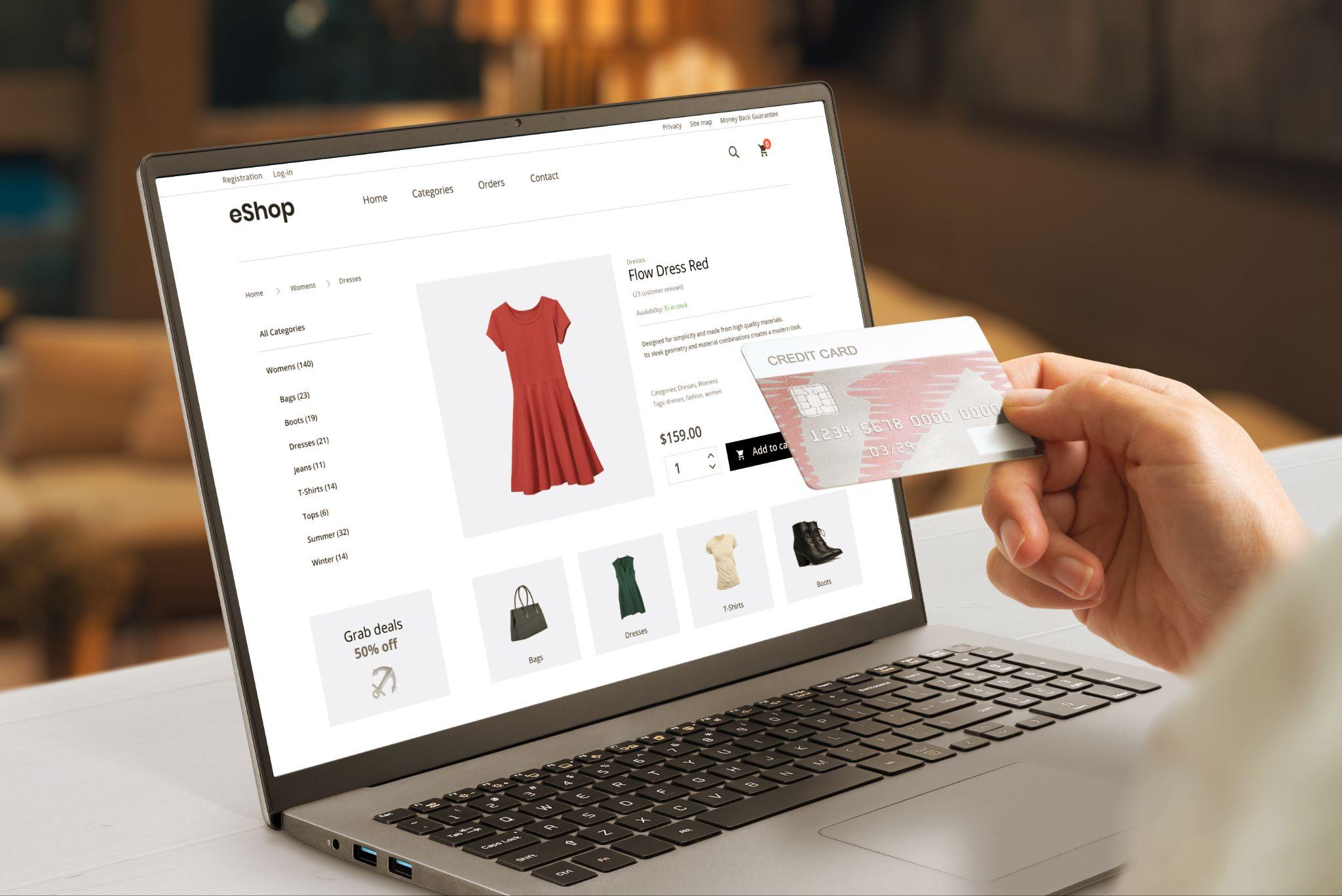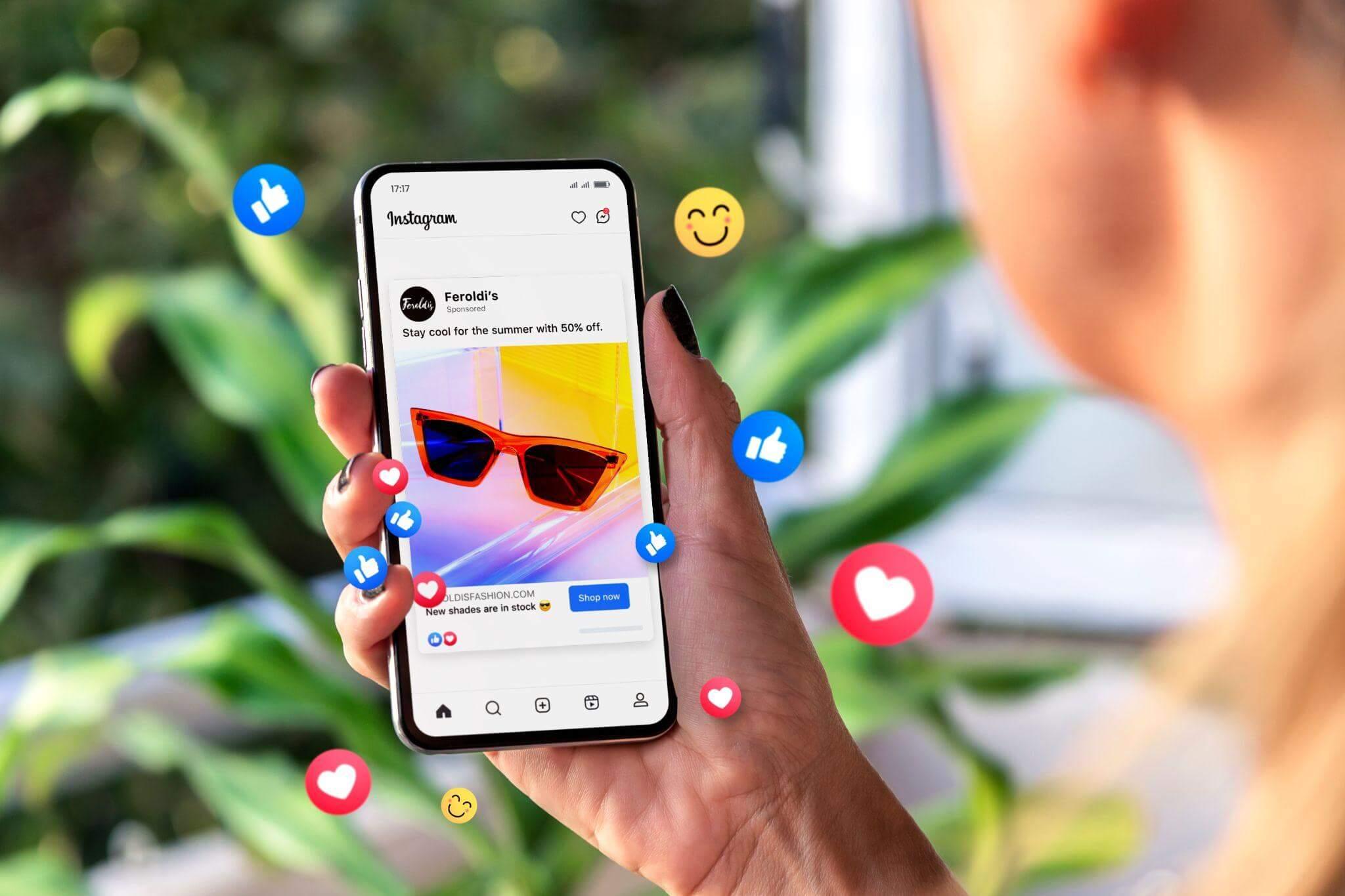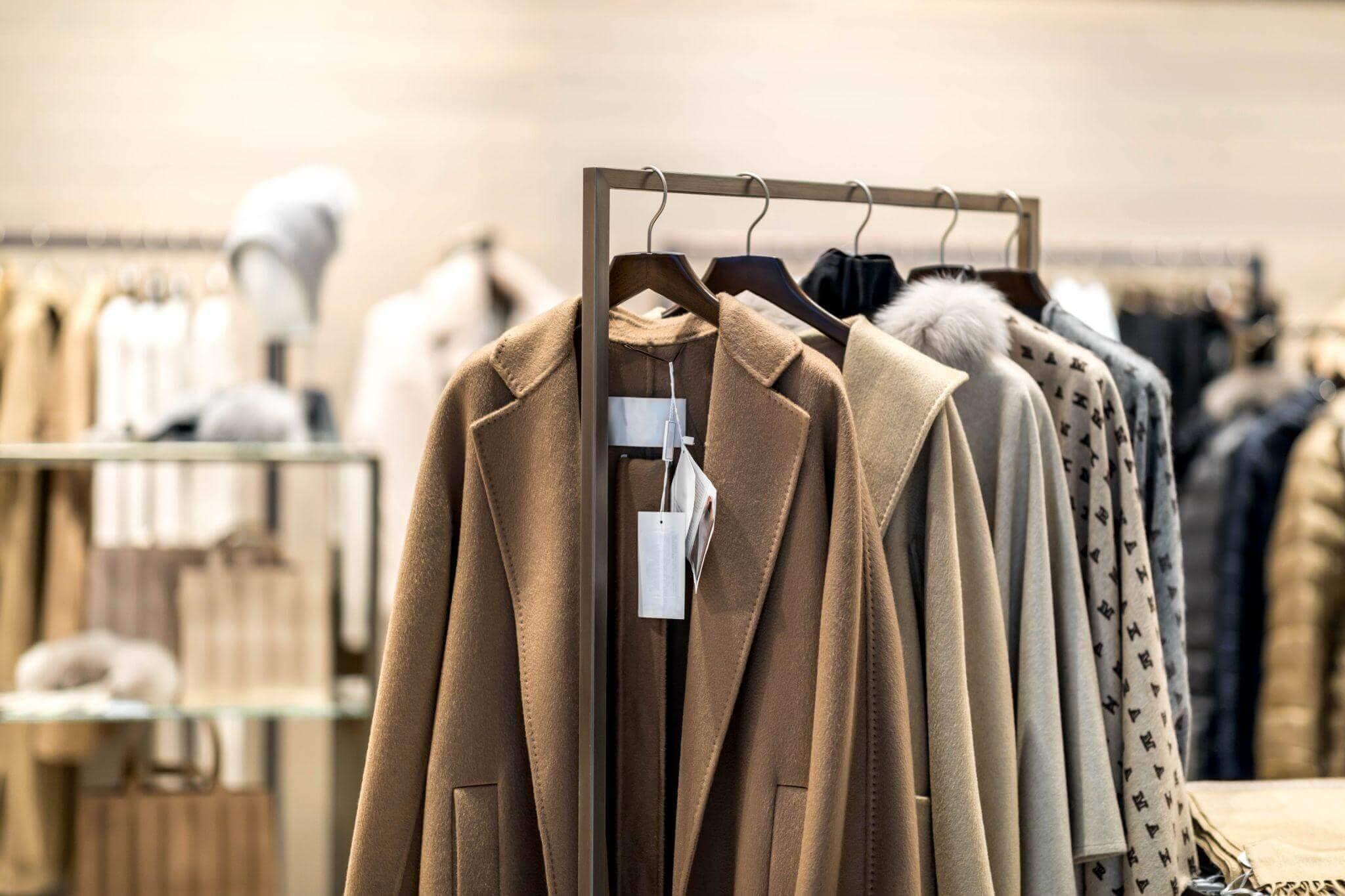Opening a ready-to-wear boutique is a dream for many entrepreneurs with a passion for fashion. But between the initial idea and the reality on the ground, the path can quickly become complex. According to a study by the Fédération du commerce spécialisé, nearly 1 in 3 independent boutiques closes its doors within the first 3 years of business. Why should this be? Because a number of recurring mistakes are made at the launch stage.
To give yourself the best chance of success, it’s essential to identify these pitfalls right from the start. In this article, MicroStore shares with you the 11 most common mistakes when opening a fashion boutique, illustrated with concrete examples, practical advice and solutions to avoid them.
1. Thinking the product is enough

This is the most common mistake made by novice entrepreneurs. They fall in love with their products and think they will “sell themselves”. But a good product is not enough. Without a clear offer, a defined target, a distribution strategy, and consistent visibility, even the most beautiful items will remain on the shelf.
Example: You’ve found some magnificent dresses from an Italian supplier. You sell them in your boutique… but without thinking about the target, without the right price, without visibility, without history. Result: no connection with the public.
What to do: Your product is a tool, not an end. Ask yourself: who is it for? For what occasion? At what price? Through which sales channel? What emotions or solutions does it bring?
2. Not clearly defining your target customer

Wanting to please everyone means talking to no one. It’s a fatal mistake to launch a ready-to-wear boutique without precisely defining your target market. Many retailers think that by offering “a little bit of everything”, they’ll reach more people. In reality, this blurs the message, dilutes the brand and creates an overly vague offer.
Example: Sophie opens a boutique with pieces for women of all ages. Result: a 16-year-old finds the boutique old-fashioned, a 50-year-old finds it too young… and nobody buys.
What to do: Create a detailed buyer persona with age, style, budget and buying behavior. This will help you adapt your collections, your communication tone, and your overall offer.
3. Sloppy visual identity and branding

A blurred identity is felt in everything your customer perceives: from the name to the packaging to the tone on the networks.
Case in point: a name like “Fashion Chic” for men’s streetwear can create instant inconsistency. Potential customers leave confused and don’t come back.
Work on a coherent universe – logo, color palette, visuals and tone – with the help of a graphic designer. This work should permeate all media (shop window, website, Instagram posts, packaging). A strong identity also reduces hesitation, creating immediate trust.
What you need to do: MicroStore puts at your disposal a network of partners specialized in graphic design and branding, used to working with independent fashion brands.
CTA: I’m interested
4. Forget your online presence

Even if you have a physical space, your customers will first discover you online.
Common mistakes :
- No Google My Business listing = local invisibility.
- No website or online store = loss of 40-60% of sales potential.
- Social networks deserted or off-target.
What to do: A consistent Instagram account, post regularly with thoughtful content (backstage, values, products…) to nurture your brand and reassure. Create a google listing to take advantage of local SEO… to learn more about Google My business check out this article 👉 How to optimize your Google listing to attract local customers?
5. Mismanage your initial budget

Poor budget allocation is one of the main reasons for bankruptcy after six months.
At least :
- Rent + utilities = at least 3 months in advance
- Launch stock with product/size mix logic
- Store fitting & equipment
- Initial marketing (visuals, advertising, shoots)
- Emergency cash = 3 months without sales
Another strategic tip: start with a simplified version of your concept. Test it on a small scale first. Rent rather than buy (furniture, decor, equipment), pool certain services (coworking, shared store) and avoid emotional investments such as an expensive brand name before you’ve proven your model. You can also test your concept online or via local markets.
MicroStore offers you simple, visual budget tracking tools to keep control of your cash flow, simulate your launch scenarios and better allocate your expenses.
6. Launch without local competitive analysis

Opening a store without observing the players already on the market means running the risk of offering exactly the same thing, at the same price, on the same street. The result: price wars, customer confusion and little differentiation.
What you need to do: conduct an on-site analysis. Visit local stores, noting their positioning, clientele, price ranges and merchandising. Identify what’s missing in the local offer: a missing category? An overlooked target? Too classic an approach?
MicroStore tip: Create a competitive map to visualize nearby brands and their offerings, and identify opportunities to exploit. You can also use our simplified market research module to cross-reference this data with national trends.
Competitive analysis isn’t about copying, it’s about identifying gaps that need to be filled. For example, if all the boutiques around you make trendy women’s ready-to-wear, perhaps a more niche positioning (modest fashion, plus size, French manufacturing, unisex clothing) can make the difference.
7. Choosing suppliers without checking

Ordering haphazardly can be expensive.
Real-life case: in 2023, several French retailers shared their misadventures with a fake Turkish wholesaler active on Instagram, who delivered non-compliant, sometimes even counterfeit products. No response from after-sales service, no recourse.
Remember: test suppliers with samples, check their terms and conditions, and ask for feedback from other retailers. To help you choose the right suppliers, you can also read this article 👉 How to choose the right suppliers and avoid scams?
Recommended tool: the MyFashionWholesaler directory lists reliable suppliers in Europe, Turkey, etc. with reliable field feedback.
8. Neglect physical location

It’s not just the rent that counts, but visibility, traffic and neighborhood/style coherence.
To analyze :
- Pedestrian flow / accessibility
- Neighborhood: residential vs. commercial
- Complementary retail outlets (beauty, lifestyle)
The right thing to do: test your concept in a pop-up, a local market or an ephemeral boutique before signing a long-term lease.
9. Underestimate inventory and product management

Poorly managed stock can sabotage your profitability. Stuck stock costs money, missing sizes cost you sales, and unsold stock clogs up your racks and your cash flow.
Best practices :
- Start with test stock and monitor rotations.
- Analyze your best sales by size, color, season and sales channel.
- Adjust your replenishments according to real data, not your intuition.
In fact, we’ve published a full article on the subject: 👉 Inventory management: tools and methods to avoid the mess
MicroStore helps you: automated inventory, replenishment alerts, visual statistics… you’re always in control and can make better decisions.
10. Fail to build lasting customer relationships

Acquiring a customer costs 5 times more than retaining one. A store that doesn’t nurture the post-purchase link is missing out on a powerful growth lever. Your best sales are often hidden… in your customer file.
To be implemented at launch:
- Customer database with history
- Loyalty or referral program
- Personalized newsletters or SMS messages (birthdays, new products)
- Engaging social networks
MicroStore tool: integrated, segmented CRM, operational from the very first sale. You can classify your customers according to their habits, trigger personalized campaigns and measure your results. A true loyalty strategy becomes accessible, even without a marketing team.
11. Wanting to do everything alone

At launch, you wear many hats: buyer, merchandiser, marketing, logistics, social, administrative… This is the axis of rapid exhaustion.
Risks :
- Burn-out
- Lack of strategic perspective
- Neglect of key tasks (site, visuals, acquisition)
Recommendation:
- Delegate what you can: photo shoots, community management, logistics, etc.
- Call on freelancers or service providers listed on MicroStore
- Join a local network of entrepreneurs to share best practices, advice and moral support.
Conclusion
Avoiding these 11 common mistakes is not a matter of magic, but of method, rigor and the right tools.
MicroStore is with you every step of the way:
👉 With a clear vision, fertile guidance and solid tools, you’ll go from risky entrepreneurship to a controlled project. You’ll never make these mistakes again – and your store will be built to last.



